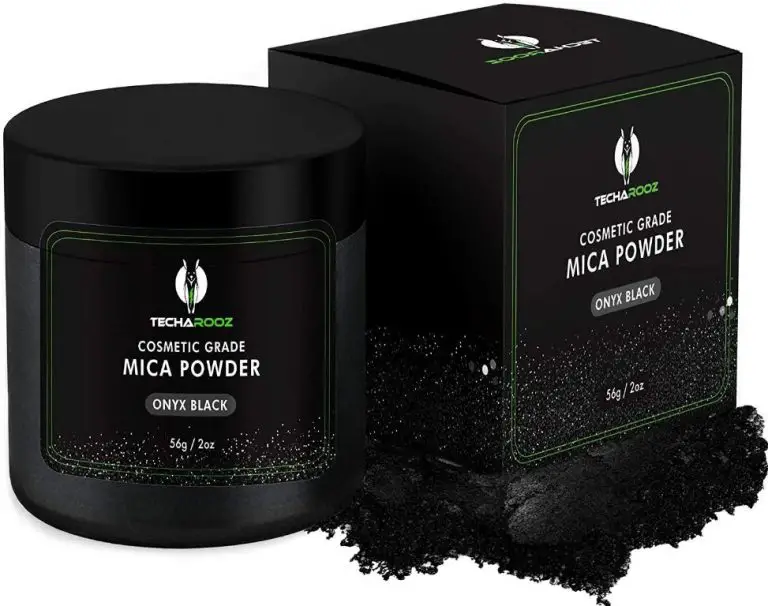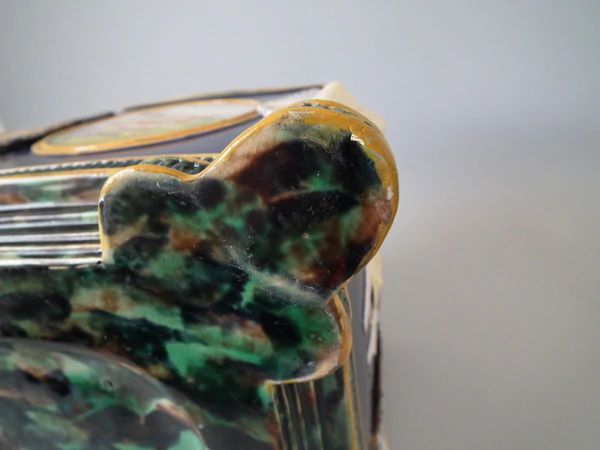Do You Have To Put Warning Labels On Wax Melts?
Wax melts, also known as wax tarts, are small cubes or bars of scented wax that are melted to scent an indoor space. They are commonly used in wax warmers and operated similar to a candle, without a wick. Wax melts come in a wide variety of scents and are often considered a safer alternative to burning scented candles.
Recently, there has been some debate around whether wax melts need warning labels. Some sellers argue warning labels are unnecessary and only increase costs and waste. However, others believe labels are important to inform consumers of best safety practices and potential risks. The debate centers around if wax melts carry enough risk to warrant warning labels.
Purpose of Warning Labels
The primary purpose of warning labels is to inform consumers of potential risks and help prevent accidents or misuse of products (https://www.losangelesproductliabilityfirm.com/blog/2023/august/the-role-of-warning-labels-in-product-liability-/). Warning labels provide vital safety information to allow consumers to make informed decisions and use products appropriately. They alert users to hazards they may not anticipate and advise on precautions to take. Effective warning labels clearly identify hazards, describe potential consequences, and provide instructions on safe usage.
Warning labels aim to protect consumer safety and prevent harm. By highlighting risks upfront, they reduce the chances of accidents and injuries. Clear and conspicuous warnings allow consumers to take appropriate precautions when using potentially dangerous items. Warning labels are considered especially important for hazardous products in the home that children may access. Overall, warning labels serve the dual purposes of informing consumers while helping promote safe product use.
Regulations Around Warning Labels for Wax Melts
In the United States, wax melts and tarts are regulated by the Consumer Product Safety Commission (CPSC). According to the CPSC’s labeling requirements for candles, “warning information must be placed on the product so that it is clear, prominent, and visible. If warning information cannot be placed directly on the product, it must be placed on the product’s immediate container, wrapper, or packaging.”
Specifically, the warning label for wax melts must include the following (source: https://www.candlescience.com/equipment/wax-melt-warning-labels/):
- Signal word “Warning”
- Statement “Keep out of reach of children and pets”
- Statement “Melts at temp as low as 90°F. Keep away from skin. Never leave melting wax unattended.”
In addition to federal CPSC regulations, some states have additional requirements for warning labels on wax melts and candles. For example, California requires more extensive labeling about lead and other chemicals in candles under Proposition 65 (source: https://ctmlabelingsystems.com/labeling/candle-label-requirements-guidelines-and-best-practices/). Sellers shipping wax melts to California may need a Proposition 65 warning.
Ingredients in Wax Melts
There are three main ingredient categories in wax melts:
Paraffin wax – This is a petroleum-based wax commonly found in wax melts. It melts at a low temperature and helps give wax melts their fragrance-releasing ability when heated. However, some have raised concerns about paraffin wax releasing toxic fumes when burned.[1]
Fragrances and essential oils – Wax melts get their scents from added fragrances and essential oils, which give off aroma when heated. Popular fragrances include floral, bakery, fruity, and seasonal scents. Essential oils like lavender, eucalyptus, lemon, and peppermint are also commonly used for their natural aromatic properties.[2]
Dyes and colorants – Dyes are added to wax melts to give them color variety. Common dyes used include candle dyes suited for wax. Visual appeal is part of what makes scented wax melts popular.
Potential Risks of Wax Melts
Wax melts can pose some potential health risks, especially if used improperly. Three main areas of concern are ingestion, skin irritation, and respiratory issues.
If a wax melt is ingested, it could cause an obstruction or poisoning. Small children or pets who chew on or swallow wax melts are at risk for this. According to one source, ingesting wax melts may require emergency medical treatment in some cases [1].
The hot wax or oils in wax melts could also irritate skin if proper precautions aren’t taken. Burns are possible if wax melts are handled before cooling. Certain ingredients may cause skin reactions in sensitive individuals as well [2].
Finally, breathing in wax melt fumes over time may aggravate respiratory conditions like asthma. The fragrances and chemicals released when wax melts are heated have been known to cause throat irritation or headaches in some cases [3].
Warnings from Sellers
Many major retailers and sellers of wax melts include warnings or cautionary language about the products. For example, Yankee Candle includes a warning that reads: “Caution: Avoid open flame. Burn within sight. Keep away from drafts. Keep wax pool free of debris.” They recommend keeping the melts out of reach of children and pets and provide other safety tips (Source).
Etsy sellers also often provide warnings about keeping wax melts out of reach of children and pets, not leaving them unattended, and potential allergic reactions or sensitivity to scents. Some shops post disclaimers that their products are for decorative use only and include warnings not to ingest the wax (Source).
Major retailers like Walmart also often include some basic warnings about supervision around wax melts and potential allergic reactions. However, the specific language can vary greatly between different brands and sellers.
Lawsuits and Incidents
There have been some reports of injuries and lawsuits related to the lack of warning labels on wax melts. According to some users on Reddit, the warning labels aren’t legally required, but are considered an industry standard to help protect sellers from potential lawsuits (https://www.reddit.com/r/candlemaking/comments/13m4o4q/warning_labels/). Without proper warnings, sellers of wax melts may be more vulnerable to legal action if an incident occurs.
One concerning report involved a toddler being burned after accidentally ingesting a wax melt that resembled candy. The child’s parents filed a lawsuit against the seller for not having proper warning labels about keeping the melts away from children (https://www.youtube.com/watch?v=m7pBJU0GvHc). While an isolated incident, it demonstrates the importance of clear warnings to prevent potential injuries or legal issues.
Overall, the lack of warning labels on wax melts does seem to open up sellers to greater liability in the event of an accident or misuse of the product. Proper labeling provides some protection and shows an effort was made to alert users to any risks associated with the melts.
Perspectives Against Warning Labels
Some argue against requiring warning labels on wax melts. One perspective is that warning labels create extra costs and hassles for small businesses selling wax melts.
Small candlemakers and hobbyists selling at craft fairs or online marketplaces may struggle to afford professionally printed labels and comply with label requirements. This creates an extra burden compared to large manufacturers who can more easily implement labeling.
Another view is that wax melts are generally safe when used properly, so warnings are unnecessary. Wax melt ingredients like soy wax, fragrance oils, and dye blocks are not hazardous if melted in an electric wax warmer per instructions. With reasonable precautions, wax melts do not pose risks warranting warning labels (https://www.reddit.com/r/candlemaking/comments/13m4o4q/warning_labels/).
Perspectives Supporting Warning Labels
Many argue that wax melt warning labels provide extra protection for consumer safety. Wax melts heated in candle warmers or crock pots reach dangerously high temperatures, creating a fire or burn hazard especially for kids and pets.
Proponents believe warning labels help prevent misuse and accidents, as they remind users to keep wax melts out of reach of children and to not leave melting devices unattended. They emphasize that labels only take a few seconds to read but can prevent serious injuries. According to The Flaming Candle, “the warning label will help you avoid any issues with the misuse of your wax melts.” https://www.theflamingcandle.com/accessories/equipment-accessories/wax-melt-warning-labels/
Supporters argue warning labels are a small price to pay for peace of mind, and their inclusion shows sellers care about customer wellbeing. They believe labels should be mandatory, not optional, for wax melt products.
Conclusion
While the ingredients in wax melts are typically not considered hazardous, there have been some reports of allergic reactions and respiratory issues, particularly in people sensitive to fragrance oils. Some sellers voluntarily include warning labels about keeping them away from children and pets and using them with proper ventilation. However, wax melts are generally not subject to regulations that would mandate warning labels. Those arguing for required warning labels believe consumers have a right to know about potential risks. On the other side, manufacturers state that wax melts have been safely used for years when following provided instructions. Overall, while warning labels can be helpful for awareness, wax melts do not appear to pose inherent dangers that would necessitate required warning labels. However, sellers may still choose to provide them voluntarily.




